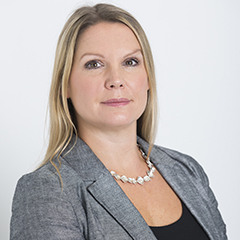SSEN Transmission has today published a discussion paper calling for views on the current Transmission Network Use of System (TNUoS) charging regime, which results in Scottish renewable generators paying significantly higher costs to connect their electricity to the grid than those in other parts of Great Britain (GB).
To illustrate the disparity, while a wind farm in the north of Scotland pays £5.50 per unit (MWh) of energy, an equivalent wind farm in Wales will get paid £2.80 per unit.
With Scotland boasting the greatest wind resource to meet the UK’s net zero targets, this creates a huge barrier for further low carbon investment, despite great support for further deployment through UK and Scottish Government policy.
Aileen Mcleod, SSEN Transmission’s Director of Business Planning and Commercial, explains:
“Our generation customers and wider stakeholders have been consistently telling us that charges for transmission access in the north of Scotland, as well as uncertainty about future charges, are acting as a barrier to the commercial viability of renewable energy projects. This, in turn, is making it difficult for us to determine system investment needs for our Transmission network, whilst also impacting on the energy markets where generators seek to earn revenue.
“The UK and Scottish Governments have put in place ambitious policies and targets to encourage and support greater deployment of renewable energy to meet our emission reduction targets, however the current Transmission charging regime is a blocker to this which raises serious questions about whether it is still fit for purpose in a net zero world. We are publishing our analysis to widen the discussion about transmission charging and seek views on potential solutions. Our findings suggest there is a clear case for reform, and we want to hear what others think too.”




























